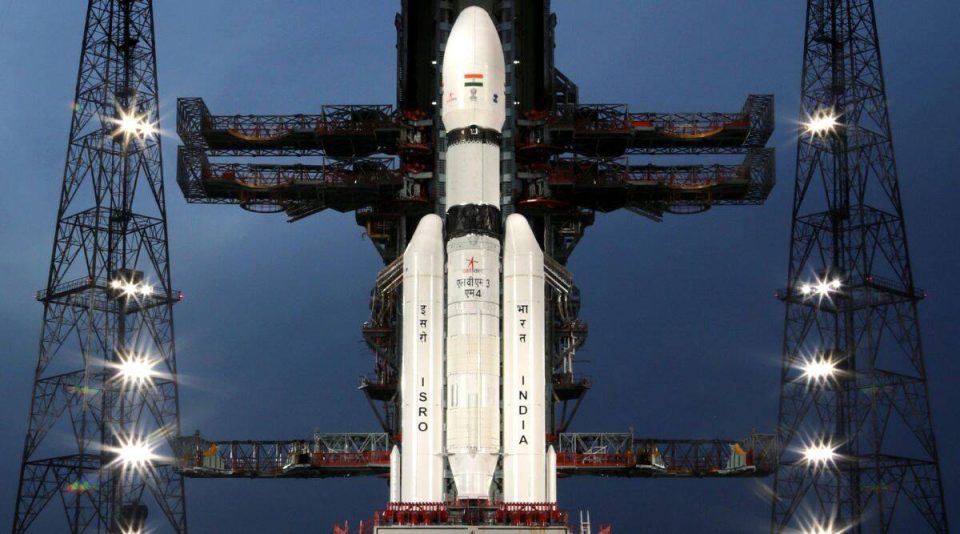India’s third mission to the Moon, Chandrayaan-3 and our second attempt to make a soft landing on the lunar surface, has successfully launched from the second launchpad of the Satish Dhawan space centre in Andhra Pradesh’s Sriharikota at 2:35 pm on July 14.
The Launch Vehicle Mark 3 (LVM 3) mission 4 (M4) rocket majestically lifted off at the end of the countdown. Indian Space and Research Organisation (ISRO) said the rocket had normal and smooth lift-off with precise stage separations. The satellite entered orbit after a casualty-free flight.
Chandrayaan-3 is also equipped with the Vikram lender, named after Vikram Sarabhai, that will be used for landing on the moon’s south pole by rover Pragyan. The 3900-kg space vehicle is expected to complete the 3.84 lakh km journey in 40 days and achieve a soft landing on the lunar surface on August 23-24.
When successful, Chandrayaan-3 will make India the fourth country after US, China, and Russia to land on the moon and the first to achieve a safe and soft landing on the lunar surface.
The Chandrayaan Missions
Late Shri Atal Bihari Vajpayee first announced the Chandrayaan programme on August 15, 2003. The programme has led to a significant stride for India’s space journey since the first moon mission in 2008.
The primary objectives behind the missions are to touch down on the lunar surface successfully, demonstrate the mobility of a rover on the moon’s terrain and lastly, carry out scientific experiments directly on the lunar surface.
Chandrayaan-1 was the first mission under the programme. It took off on October 22, 2008. After entering Lunar Transfer Trajectory as intended, the Moon impact probe ejected and crashed close to the lunar South Pole. The moon’s surface contains water molecules, as our mission has shown. The ISRO announced the conclusion of the initial mission on August 28, 2009.
The second mission, Chandrayaan-2, was launched on July 22, 2019. It entered the lunar orbit on August 20, 2019. The Vikram Lander was separated on September 2, 2019, while it was in a 100-kilometre lunar polar orbit around the moon. Relay from Vikarm to ground stations was lost at a distance of 2.1 kilometres from the lunar surface, which hurt India’s reputation as a spacepower.
The development phase of Chandrayaan-3 commenced in January 2020. The mission is a follow-up to the second lunar mission. The launch was planned for sometime in 2021, but the Covid-19 pandemic brought an unforeseen delay to the mission’s progress. Learning from the first two missions, ISRO scientists are confident that Chandrayaan-3 would be able to handle the challenges better than the previous two missions.
 Live
Live

